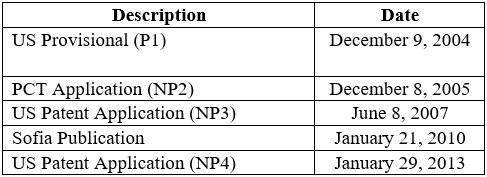The US Court of Appeals for the Federal Circuit dismissed an appeal challenging a US International Trade Commission decision that upheld an administrative law judge’s (ALJ) order, ruling that such an order was within the Commission’s discretion and unreviewable. Realtek Semiconductor Corp. v. International Trade Commission, Case No. 23-1095 (Fed. Cir. Mar. 18, 2025) (Moore, C.J.; Reyna, Taranto, JJ.)
DivX filed a complaint at the Commission against Realtek alleging a violation of § 1337 of the Tarriff Act. DivX later withdrew the complaint. Realtek subsequently filed a motion for sanctions against DivX, alleging certain misconduct. The ALJ denied the motion on procedural grounds. Realtek subsequently petitioned for Commission review, asking the Commission to exercise its authority to issue a sua sponte order requiring DivX to show cause explaining why it had not engaged in sanctionable conduct. The Commission decided not to review and adopted the ALJ’s order without comment.
Realtek appealed, contending that the Commission violated the Administrative Procedure Act (APA) by not issuing a sua sponte show cause order. The Commission argued that Realtek’s appeal should be dismissed, contending that the issue raised was unreviewable.
The Federal Circuit agreed with the Commission, stating that under § 701(a)(2) of the APA, decisions made by an agency are unreviewable by the Court when they are entrusted to the agency’s discretion by law. The Court explained that the sua sponte issuance of a show cause order is a decision that “may be, not must be,” entered by the ALJ or on the Commission’s initiative. Therefore, the decision not to act sua sponte is a decision that remains wholly within the agency’s discretion.
The Federal Circuit rejected Realtek’s argument that the Commission’s refusal to act was reviewable because the Commission failed to provide reasoning, and that Commission review would have allowed the Court to determine if there were “illegal shenanigans” in exercising discretion. However, the case cited by Realtek involved the review of “shenanigans” that fell within the Court’s reviewable categories, not one related to the Commission’s refusal to issue a show cause order sua sponte. The Court found no support for Realtek’s claim that discretionary agency actions under § 701(a)(2) become reviewable under the APA simply because the agency fails to provide its reasoning.
read more

 Subscribe
Subscribe



